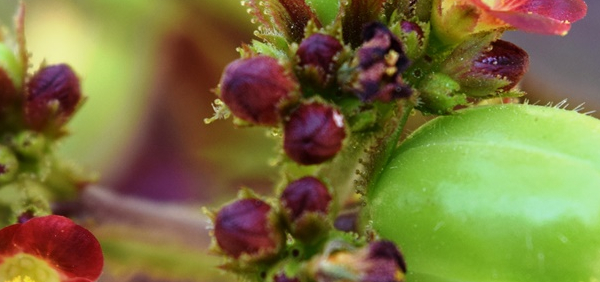shana :

General Use:
Seeds contain basic alkaloid with N-oxides in their leaves and are used in ethno-medicine for the treatment of fever, as vermifuge and as an antispasmodic (uterus & intestine) agent. Also seeds powdered & boiled with milk are used for enhancing body strength, life span and also for curing skin diseases, leprosy, flatulence and fever. The leaves are the excellent remedy for Ptyalism, Diarrhoea, Scabies and Impetigo (Devendra et al., 2011).
Therapeutic Uses:
For dyspepsia, cardiac disorders, stomatitis, diarrhoea, scabies, impetigo, skin diseases, coughsSystemic Use:
The roots are used against coughing up blood
The plant is used as a treatment for complaints such as cough, dyspepsia, fever, cardiac disorders, stomatitis, diarrhoea, scabies and impetigo
An infusion of the plant is used to bathe children in order to prevent skin infections and also to treat thrush
The leaves, mixed with those of Crotalaria quinquefolia, act internally as well as externally against fever, scabies, lung diseases and impetigo
A decoction of the flowers and leaves is used to soothe a cold
The seeds are eaten raw to act as an analgesic to deaden the pain of a scorpion sting. The powdered seeds, mixed with milk, are eaten in order to increase body strength; they are also used to treat skin diseases
The plant contains hepatotoxic pyrrolizidine alkaloids
Administration:
Raw as well as seeds pastePharmacological:
Studies have suggested clastogenic, leishmanicide, antivenom, neurotoxic, antioxidant, clot lysis, antiproliferative, antimicrobial properties.- » Classification and names of shana
- » Synonyms and definitions of shana
- » Drug Properties of shana
- » Chemical Constituents of shana
- » Standardization of shana
- » Parts used and Dosage of shana
- » Morphology and Histology of shana
- » Distribution and Conservation of shana
- » Cultivation of shana
- » shana in the market
- » Medicinal Uses of shana
- » Researches and clinical trails of shana
- » shana in other sytems of medicine
- » Ayurvedic formulations with shana
- » Images of shana













